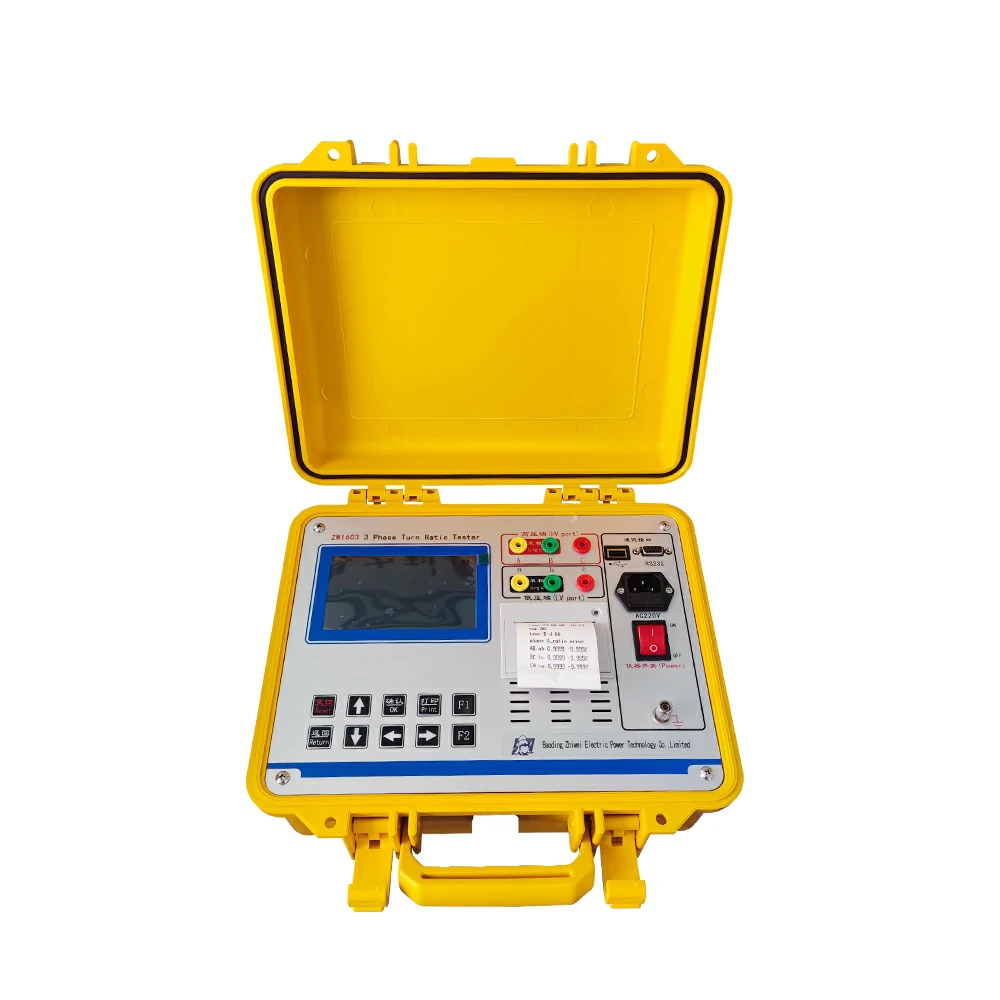The geometry of the test specimen can affect the accuracy and reliability of measurements obtained using a transformer turns ratio tester. The turns ratio tester is typically used to measure the turns ratio between the primary and secondary windings of a transformer.
Here’s how the geometry of the test specimen can impact the testing process:
- Core Configuration: The configuration of the transformer core, whether it’s toroidal, shell-type, or other shapes, can influence the magnetic flux distribution within the transformer. This, in turn, affects the coupling between the primary and secondary windings, which may impact the accuracy of the turns ratio measurement.
- Winding Arrangement: The arrangement of primary and secondary windings within the transformer can affect the mutual inductance and coupling between them. For example, transformers with interleaved windings may exhibit different coupling characteristics compared to transformers with non-interleaved windings.
- Winding Geometry: The geometry of the windings, including the shape, size, and spacing of the coils, can affect the distribution of magnetic flux and the coupling between windings. transformer turns ratio tester Variations in winding geometry may introduce discrepancies in the measured turns ratio.
- Termination Methods: The method used to terminate the windings during testing, such as open-circuit or short-circuit termination, can influence the impedance seen by the turns ratio tester and affect the accuracy of the measurements.
- Winding Insulation: The insulation material and thickness between windings can impact the leakage flux and inter-winding capacitance, which may affect the impedance and coupling between windings during testing.
- Saturation Effects: Non-linear magnetic behavior, such as core saturation, can occur depending on the operating conditions and the design of the transformer. Saturation effects can alter the relationship between primary and secondary voltages, leading to inaccuracies in the turns ratio measurement.
- Frequency Dependence: The frequency of the test signal used by the turns ratio tester can interact differently with the transformer geometry, affecting the impedance and coupling between windings. Frequency-dependent effects should be considered when interpreting measurement results.
Overall, the geometry of the test specimen, including the transformer core configuration, winding arrangement, geometry, termination methods, winding insulation, saturation effects, and frequency dependence, all play crucial roles in determining the accuracy and reliability of turns ratio measurements obtained using a transformer turns ratio tester. Understanding these factors helps in optimizing test procedures and interpreting measurement results accurately.

How does the geometry of the test specimen affect transformer turns ratio tester?